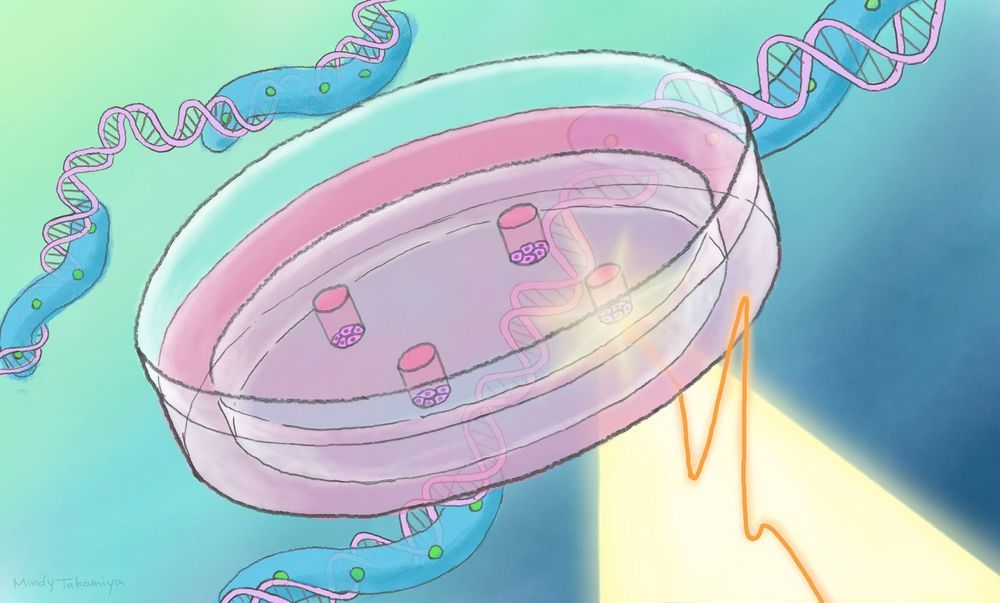Oct 7, 2020
‘Re-writing the code of life’: Nobel chemistry prize goes to genome editing pioneers
Posted by Genevieve Klien in categories: biotech/medical, chemistry, genetics
The genetic editing technique has contributed to new cancer therapies and has the potential to be used in curing inheritable diseases.
Two women were awarded the Nobel Prize in chemistry Wednesday for their pioneering work on genome editing, which has the life-saving potential to be used to cure genetic diseases.el Prize in chemistry Wednesday for their pioneering work on genome editing, which has the life-saving potential to be used to cure genetic diseases.el Prize in chemistry on Wednesday for developing a method for genome editing that could be used to cure many diseases.


















